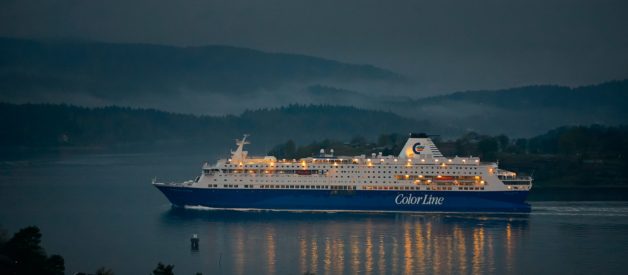The Maritime Safety Committee (MSC) launched Initiaitin in 2000 to evaluate the rules in force and determine whether they are sufficient for any of the huge cruise ships under construction today. While there was no doubt that such ships were built, built and operated in accordance with current IMO standards, it was time for the IMO to adopt a comprehensive approach to passenger ship safety issues, with a particular emphasis on large cruise ships.
The question was not whether these ships complied with the SOLAS requirements applicable to ships in their class, but whether the SOLAS systems and, to the extent applicable, the requirements of the Cargo Line Convention, many of which were drawn up before any major ship was built, had been properly addressed. all aspects of safety – especially in emergencies.
The Working Group on Safety of Large Passenger Ships began work at the MSC in November-December 2000. The cruise industry and Member States provided studies on large passenger ships and areas of potential interest. The work reflects the IMO’s proactive approach to future legislation and includes the use of tools such as formal safety assessments used in other areas of the IMO, e.g.
The first work demonstrated that maintenance of the high safety of passenger ships focuses on the difficulty of evacuating certain passengers, such as the elderly and injured, from lifeboats to lifeboats. It is clear that the difficulties would not end even with a successful evacuation. Thousands of ships and a sea of strangers full of lifeboats and lifeguards pose a unique search and rescue challenge.
The fire is particularly vulnerable to large cruise ships. Every passenger is a potential source of ignition, and hotel services have an inherent risk.
The MSC has agreed that future large passenger ships will be designed to improve survival according to the modern principle that “the ship is its best lifeboat”.
This approach means that passengers and crew should normally be able to evacuate to and remain in a safe port on board. In addition, this means that the vessel must always be able to reach the minimum safe speed.
Since 2001, the subcommittees on radio communication, search and rescue (COMSAR), ship design and equipment (DE), fire protection (FP), maritime safety (NAV), stability, cargo and fishing vessel safety (SLF) and fishing vessel standards. Training and Safety (STW).) has worked on the tasks assigned to them and reported to the MSC.
At its 79th meeting in December 2004, the MSC agreed that, as many of the issues addressed in the “Large Passenger Ship Safety” Action Plan apply equally to all passenger ships, the agenda should be renamed “Passenger Ship Safety”. The Committee approved the revised work plan for passenger ship safety and the revised guiding philosophy, strategic objectives and targets developed by the Working Group on Safety of Large Passenger Ships, which met during the meeting.
The revised guiding philosophy for future work on passenger ship safety is based on the assumption that the rules should initially place more emphasis on accident prevention and that future passenger ships should be designed to improve survival so that people can be safe in the event of a shipwreck.
At its 80th session in May 2005, the MSC agreed on a revised work plan for the work of the relevant Subcommittee on Passenger Safety, whose guiding philosophy is based on the assumption that the rules should initially place more emphasis on accident prevention. for future passenger ships designed to improve survival so that, in the event of an accident, people can remain safe while docked on board.
Legislative flexibility:
Amendments to Chapters II-1 and III of the SOLAS Convention and supporting guidelines to promote the adoption of new safety technologies and new safety systems through careful assessment and approval procedures.
Use in an area far from SAR devices:
Measures to develop amendments to Chapter III of the SOLAS Convention and support schemes focusing on reducing the time taken to return people from lifeboats and water. Guidelines approved by the SAR authorities for external assistance and guidelines to assist seafarers participating in SAR operations.
Health care:
Support guidelines that focus on medicine
